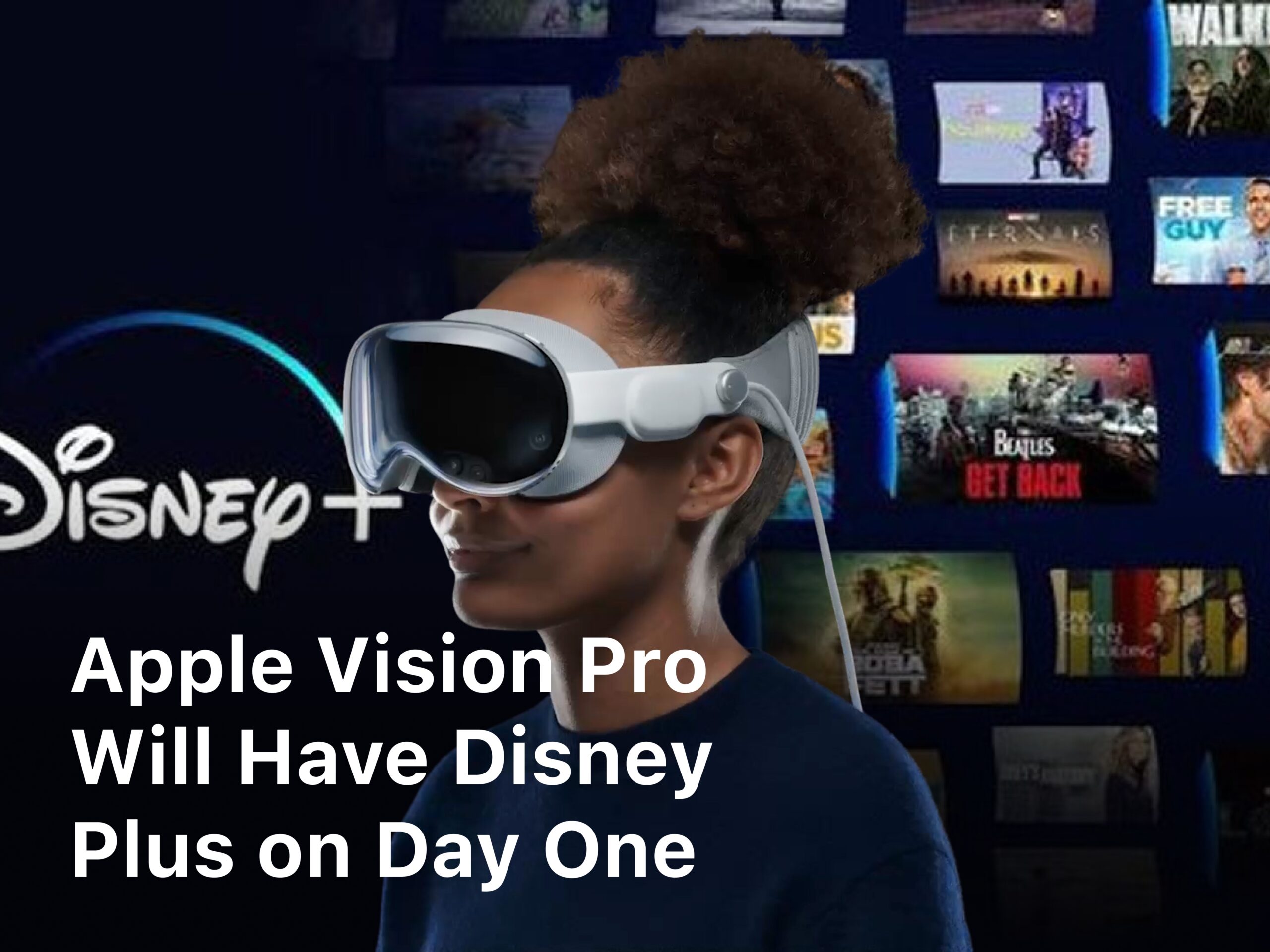
PIXAR is Now Using AI to Stoke Elemental’s Flame
As an animation powerhouse, PIXAR is always seeking ways to push the envelope of visual storytelling and ignite passion in audiences worldwide. Their latest foray into artificial intelligence promises to stoke the elemental flame of creativity that has defined the studio since its inception. By leveraging machine learning algorithms to generate new characters, settings, and plot scenarios, PIXAR aims to complement human imagination rather than compete with it. The result could be an exponential expansion of narrative possibilities to draw from. While still in early testing, the potential of AI to enhance the creative process has animators and producers alike eager to see how this nascent technology might spark new stories worth telling. The future of filmmaking is unfolding before our eyes.
PIXAR’s Past Use of CGI and Animation
PIXAR is now using AI Studios has produced many beloved animated films leveraging computer-generated imagery (CGI) and technology. As an innovator in the field of CGI and animation, PIXAR has continually pushed the boundaries of what is possible to create visually stunning masterpieces.
In the past, PIXAR relied primarily on its team of talented animators, artists and designers to handcraft each scene and bring characters to life. While time-consuming, this approach allowed for meticulous attention to detail and high quality results. More recently, PIXAR has begun experimenting with artificial intelligence (AI) to accelerate and enhance certain parts of the animation process.
Specifically, PIXAR is using AI for tasks like simulating realistic cloth, hair and fur on characters as well as generating facial expressions. AI is also helping with rendering and lighting to produce more natural and vibrant scenes. However, animators and artists still play a crucial role in developing stories, designing characters, and overseeing AI systems to achieve PIXAR’s signature look and feel.
By combining human creativity with AI, PIXAR aims to increase efficiency and devote more time to storytelling and character development. At the same time, animators can focus on the most rewarding and meaningful parts of their work. While AI will likely transform animation, human imagination, emotion and judgment remain essential ingredients in PIXAR’s secret formula for success. Overall, AI seems poised to stoke PIXAR’s creative flame rather than extinguish it.
How AI Is Transforming Animation
As an Academy Award-winning animation studio, PIXAR is always looking for ways to push the envelope in visual storytelling. Recently, they have turned to artificial intelligence (AI) to help generate new ideas and enhance creativity. AI is transforming animation in several key ways:
- Generating complex scenes. AI can quickly generate detailed 3D scenes, characters, and objects that would take human animators weeks or months to create. This allows animators to focus on the creative parts of the process.
- Automating tedious tasks. Many animation tasks like rotoscoping, lighting, texturing, and rendering are laborious and repetitive. AI excels at automating these tedious jobs, freeing up animators to concentrate on the story and characters.
- Enhancing creativity. Some AI tools can analyze scripts, stories, and characters to suggest creative ideas, modifications, and improvements to animators and directors. While AI may propose options, human creativity and judgment are still required to determine what resonates most with audiences.
- Learning preferences. AI can analyze massive amounts of data from previous animated films, shorts, and series to detect patterns in visual styles, stories, characters, and other elements that resonate most with different audiences. Animators can then use these insights to inform their creative decisions.
In the hands of talented animators and directors, AI promises to be an enabling tool that stokes creativity rather than replaces it. With AI and human collaboration, studios like PIXAR can achieve new heights of visual innovation and storytelling. The future of animation will be written with algorithms and artistry.
Meet Elemental: PIXAR’s Newest AI-Powered Character

Anthropic’s AI Technology Powers Elemental
PIXAR’s newest character, Elemental, is brought to life using advanced artificial intelligence developed by Anthropic, PBC. Their proprietary AI generates the character’s speech, facial expressions, and body language to create a seamless performance. Elemental demonstrates how AI can be leveraged to enhance creativity rather than replace human artists.
Learning from Human Performances
The AI behind Elemental was trained on a massive data set of human actors’ performances which it analyzed to identify patterns in speech, movement, and emotional expression. Using a technique called ” Constitutional AI,” the system developed an understanding of basic psychology and social dynamics to determine appropriate responses and reactions for Elemental. This grounding in human behavior gives the character a sense of authenticity and believability while still allowing for novel responses within set parameters.
Collaboration, Not Competition
Elemental shows how AI can become a collaborative tool for artists rather than a competitive threat. The character was designed by PIXAR artists who defined Elemental’s backstory, personality, and visual style. They then worked closely with Anthropic’s team to develop the AI and “direct” its performance. The result is a character that blends human creativity with AI to bring it to life in a compelling way.
Elemental represents an exciting new frontier for film, animation, and other media. As AI continues to become more sophisticated, characters and stories can achieve a level of dynamism and realism that was previously unimaginable. However, human artists remain essential to crafting meaningful experiences and ensuring that AI technology is used responsibly. PIXAR and Anthropic’s collaboration on Elemental provides a model for how AI can enhance human creativity rather than compete with it.
The Future of Animation and AI
PIXAR Animation Studios has long been an innovator in the field of computer animation. Their films have captured the hearts of audiences worldwide by featuring relatable characters and emotionally gripping stories. Now, PIXAR is exploring how artificial intelligence (AI) can be leveraged to amplify creativity in animation.
Enhancing the Creative Process
PIXAR animators and storytellers will work alongside AI tools to ideate and develop new films. For example, AI can analyze thousands of scripts, stories, and character profiles to identify patterns and structures that resonate most with audiences. This data can then suggest new ideas or modifications to enhance a story’s emotional impact and entertainment value. However, human creativity and judgment will remain central to the process. AI is meant to augment human capabilities, not replace them.
Simulating Complex Animation
Certain animation techniques require an enormous amount of time, resources and computing power, like simulating realistic fire, water, smoke, and cloth movements. AI can help automate and optimize these simulations to save time and costs. For example, “Elemental” is a short film PIXAR created to demonstrate a new AI-based simulation system for animating realistic fire and smoke. The results are remarkably vivid and lifelike. Such breakthroughs can open up new creative possibilities for animators and visual effects artists.
An Open Future
The future of animation and AI is bright but uncertain. PIXAR aims to develop AI responsibly by focusing on human-centered applications that amplify creativity. At the same time, the studio will monitor how new technologies may impact jobs and the industry. With open communication and by prioritizing the human element in animation, PIXAR believes AI can usher in a new golden age of storytelling. The next generation of films may very well be created in collaboration between human and machine.
FAQs About Elemental and PIXAR’s Use of AI
Pixar Animation Studios has long been an innovator in the field of computer animation and visual effects. Their latest project incorporates artificial intelligence (AI) and machine learning to help animate realistic fire, water, and other natural elements.
How is Pixar using AI?
Pixar is leveraging machine learning algorithms that have been trained on simulations of physical phenomena like fire, water, smoke, and clouds. The AI systems can then generate animation keyframes that the animators use as a starting point. Animators then refine and build upon these to create the final visuals.
What is Elemental?
Elemental is the code name for Pixar’s AI technology focused on animating natural elements. The goal of the Elemental project is to achieve a level of realism and detail for natural elements like fire, water, and smoke that would not be possible with traditional animation techniques alone.
Will AI replace animators at Pixar?
No, the animators and artists at Pixar will not be replaced by AI. The Elemental technology is meant to assist and augment human animators, not replace them. Pixar’s creative directors and animators will still be deeply involved in crafting the final look and movement of elements animated using AI. The AI simply helps by generating a starting point that saves time and provides added realism.
When will we see the results of Elemental?
Pixar has not announced which of their upcoming films may first incorporate animation enhanced using the Elemental AI technology. Given the long lead times of animated films, the results may not appear on screen until 2022 or later. Pixar is sure to share more details about Elemental and their other AI-related animation tools as films utilizing these new techniques move closer to release.
The use of artificial intelligence and machine learning in animation is an exciting new frontier. With Pixar’s creativity and dedication to storytelling combined with the realism made possible by AI, future films are sure to be visual masterpieces. The Elemental technology will allow Pixar’s animators to focus on their craft, bringing more compelling characters and stories to life on screen.
Conclusion
The impact of artificial intelligence in filmmaking will only continue to grow. As PIXAR incorporates AI into their creative process with increasing sophistication, the results will shape how stories are told for generations. While some lament the loss of human artistry, AI is a tool like any other that still requires human insight and direction. With visionary storytellers at the helm, AI can be used to enhance human creativity rather than replace it. The future is bright at PIXAR as they lead the way in this new frontier of animated film. Audiences everywhere eagerly await what magic and wonder will emerge when the human heart and mind join with the computational power of AI. The possibilities seem as endless as the imagination itself.





